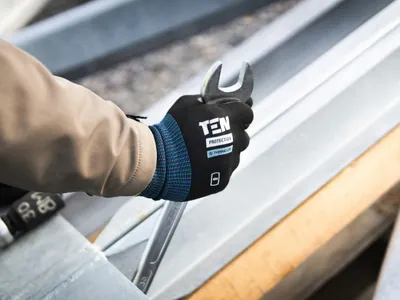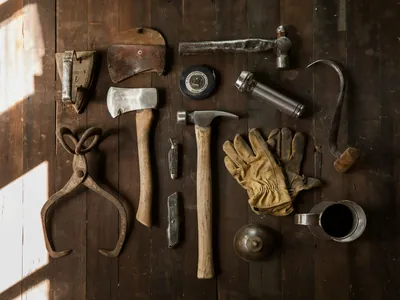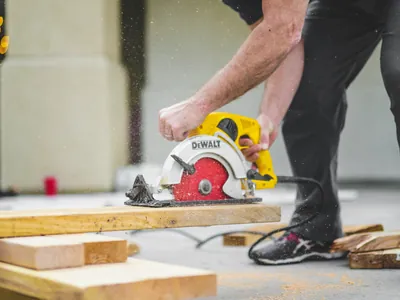Crown Molding Installation: Adding Elegance

Crown molding is a classic architectural element that adds a touch of elegance and sophistication to any room. It bridges the transition between the walls and the ceiling, creating visual interest and making a room feel more finished and grand. While the results are stunning, installing crown molding is considered an advanced DIY project due to the complexity of the corner cuts.
📐 The Challenge: Compound Miter Cuts
The reason crown molding is tricky is that the molding sits at an angle (typically 45 or 52 degrees) between the wall and ceiling. To make the corners meet perfectly, you have to make a compound miter cut—a miter and a bevel at the same time. This requires a compound miter saw and a lot of precision.
The secret to cutting crown molding is to place it on your miter saw "upside down and backward." You position the molding on the saw at the same angle it will sit on the wall, with the ceiling edge flat on the saw's base and the wall edge against the saw's fence. This allows you to make the cut with a simple miter adjustment, not a compound one.
🔧 General Installation Steps
Precision and patience are your best friends on this project.
💡 Corner Blocks: An Easier Alternative
For those intimidated by miter cuts, decorative corner blocks are a great alternative. You simply install the blocks in the corners and then make straight, 90-degree cuts on your molding pieces to butt up against them.
Crown molding can elevate the look of your entire home, but a bad installation with gappy corners can do the opposite. For a perfect, professional finish, trust the skilled carpenters at The Box Advantage Group. We specialize in precision trim and molding installations.


